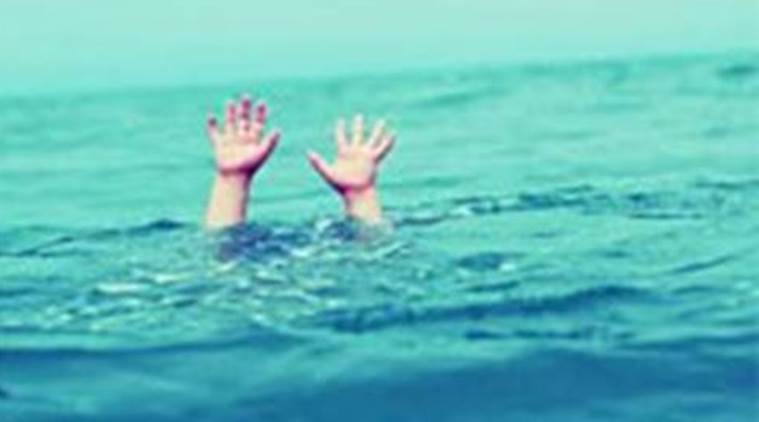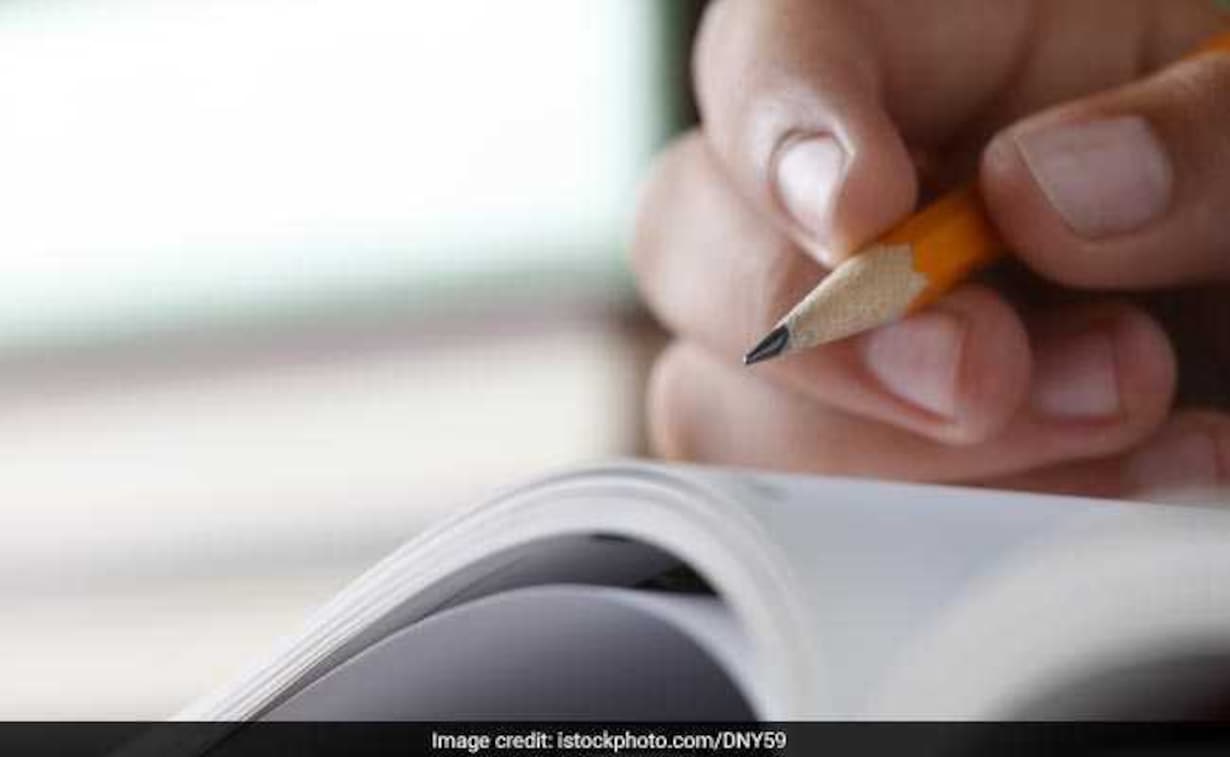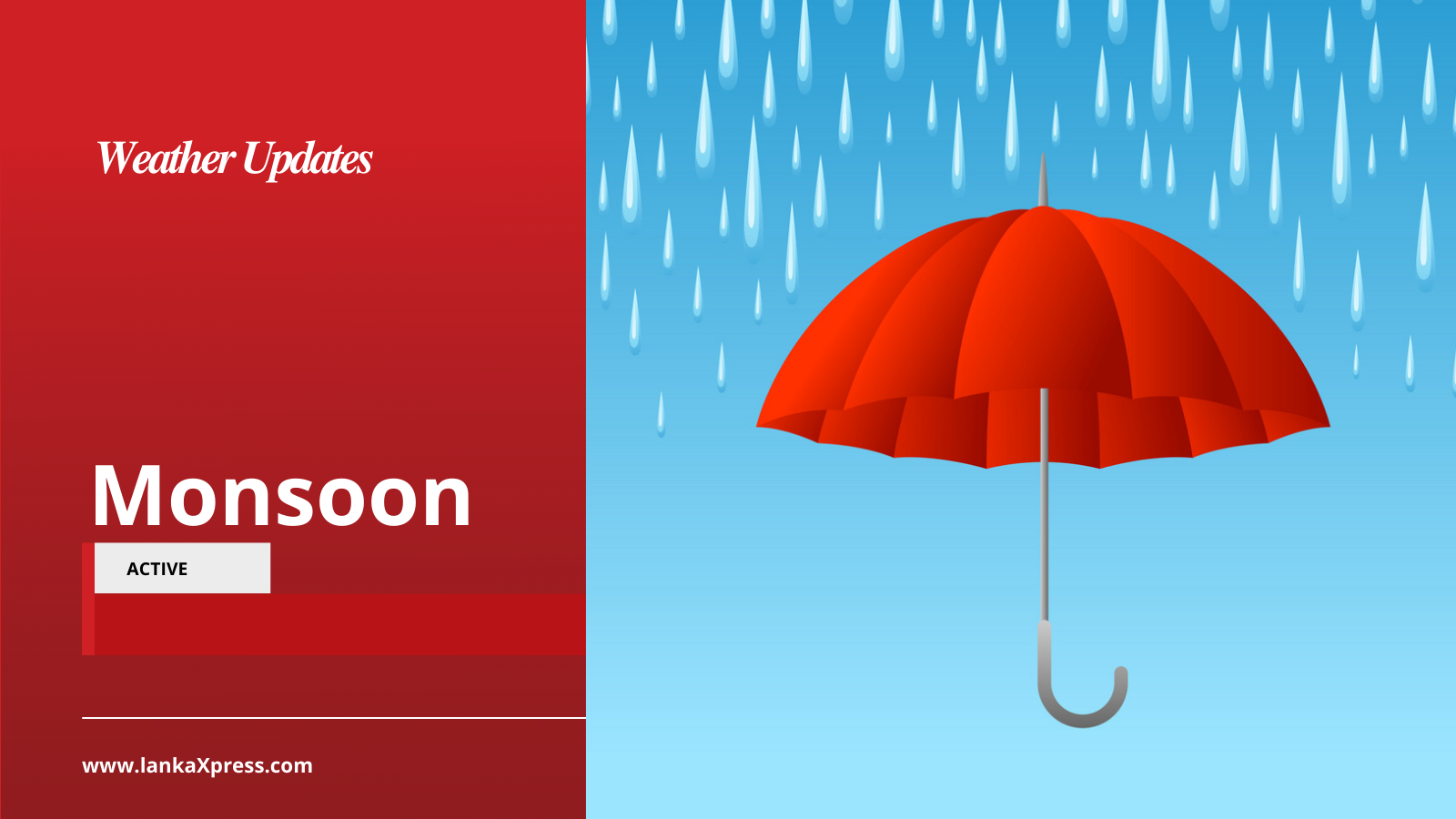In Sri Lanka, a distressing trend has emerged, revealing a significant rise in drowning-related deaths during weekends. Sri Lanka has witnessed an average of 3 fatalities per day due to drowning, according to recent reports. Sri Lanka has one of the highest drowning rates in the world. In Sri Lanka, over 800 -1000 people die annually due to drowning the second leading cause of accidental death in Sri Lanka. According to the Police, drowning cases are mostly happening during weekends and long weekends.
Eight people have died in drowning incidents in the last 48 hours July 1st to July 2nd.
Two persons age 21 and 66 have reportedly drowned while they were bathing in seas off Norochcholai Alankudawa Ethtalaya. A 29-year-old person had allegedly drowned seas of Pasikudah while he was on a picnic with his friends. A 21-year-old female drowned while bathing in the Aththanagalu Oya Dunamale. A 42 year-old person had drowned Deduru Oya NanaMankada while he was on a picnic with his friends. Two students age 12 and 15 have reportedly drowned while they were bathing in Sri Pura Thissapura Lake. When these two children were going to jump from a tree near the lake into the lake, their two heads collided with each other. A 67-year-old person had drowned in a tank Buttala Zone2.This person drowned while going fishing.
According to WHO report, a data collection and analysis of drowning cases between 2004 and 2009, identified risk factors for drowning as daily living such as bathing, working in agriculture or in construction, and recreational activities. Adults aged 25–44 years were at greatest risk, and males were four times more likely to drown than females. Alcohol consumption, lack of lifejacket use on boats, poor supervision practices, flooding during monsoon and unprotected wells and open reservoirs were identified as contributing factors.
You can prevent drowning.

Learn basic swimming and water safety skills
Formal swimming lessons can reduce the risk of drowning. Children who have had swimming lessons still need close and constant supervision when in or around water.
Build fences that fully enclose pools
Construct and use a four-sided fence that fully encloses the pool and separates it from the house, with self-closing and self-latching gatespdf iconexternal icon. Also, remove all toys from the pool area that might attract children to the pool.

Supervise closely
Designate a responsible adult to supervise closely and constantly when children are in or near water (including bathtubs). You can assign a specific adult to supervise each child when they have access to water. Adults watching kids in or near water should avoid distracting activities like reading, using the phone, and consuming alcohol or drugs, because drowning happens quickly and quietly.1,6 After swim time is over, shut and lock doors that give access to water. Be proactive and learn about any risks when visiting another home or unfamiliar location.

Wear a life jacket
Life jackets reduce the risk of drowning while boating for people of all ages and swimming abilities. Life jackets should be used by children for all activities while in and around natural water. Life jackets can also be used by weaker swimmers of all ages in and around natural water and swimming pools. Do not rely on air-filled or foam toys, as these are not safety devices.

Learn CPR
Your CPR skills could save someone’s life in the time it takes for paramedics to arrive. Many organizations such as American Red Crossexternal icon and American Heart Associationexternal icon offer CPR training courses, both online and in-person.

Know the risks of natural waters
Lakes, rivers, and oceans have hidden hazards such as dangerous currents or waves, rocks or vegetation, and limited visibility. Check the forecast before activities in, on, or near water. Local weather conditions can change quickly and cause dangerous flash floods, strong winds, and thunderstorms with lightning strikes.

Avoid alcohol
Avoid drinking alcohol before or during swimming, boating, or other water activities. Do not drink alcohol while supervising children. Alcohol impairs judgment, balance, and coordination.

Use the buddy system
Always swim with a buddy. Choose swimming sites that have lifeguards when possible. The buddy system is especially beneficial for people with seizure disorders or other medical conditions that increase their risk of drowning.
Take additional precautions for medical conditions
Provide one-on-one supervision around water, including swimming pools, if you or a family member has a seizure disorder. Consider taking showers rather than using a bathtub for bathing. Wear life jackets when boating. Other medical conditions such as autism or heart conditions are also associated with a higher risk of drowning.

Consider the effects of medications
Avoid swimming if you take medications that impair your balance, coordination, or judgement. These side effects increase the risk of drowning. Several medications can produce these side effects, such as those used for anxiety and other mental health conditions.

Don’t hyperventilate or hold your breath for a long time
Do not let swimmers hyperventilate before swimming underwater or try to hold their breath for long periods of time. This can cause them to pass out and drown. This is sometimes called “hypoxic blackout” or “shallow water blackout”.
Drowning Interventions
* Install barriers controlling access to water
* Provide safe places (for example a day-care centre) away from water for preschool children, with capable child care
* Teach school-age children swimming and water safety skills
* Train bystanders in safe rescue and resuscitation
* Set and enforce safe boating, shipping and ferry regulations
* Build resilience and manage flood risks and other hazards locally and nationally
Strategies
* Strengthen public awareness of drowning through strategic communications
* Promote multisectoral collaboration
* Develop a national water safety plan
* Advance drowning prevention through data collection and well-designed studies
July 25 is the World Drowning Prevention Day. Drowning is a serious and neglected public health threat claiming the lives of over 220,000 people a year worldwide. More than 90% of these deaths occur in low- and middle-income countries.
In 2019, over 144 000 people drowned in the Asia Pacific region, accounting for 61% of global drowning deaths, according to the first World Health Organization (WHO) regional assessments on drowning prevention released ahead of World Drowning Prevention Day. Drowning claimed the lives of an estimated 70,000 and 74,000 people in the WHO South-East Asia and Western Pacific regions, respectively.
Every Year an estimated number of more than 220,000 people die due to drowning around the world. About 1/3rd of these victims are from South Asian countries. Globally, the highest drowning mortality rates are among children aged 1-4 years and is often reported as the leading cause of mortality among children between 1-9 years. Every year about 800 Sri Lankans are killed due to drowning. It is the second cause for unintentional injury deaths. Most of the victims are belonged to the age group of 21-60 years which is the economically productive group.





